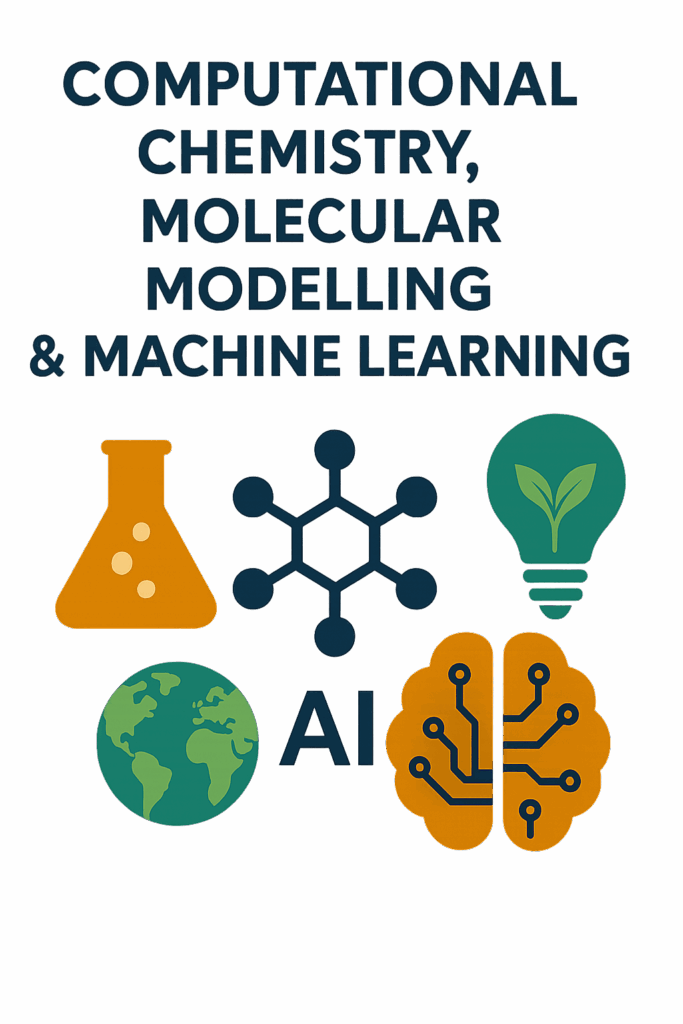Balancevo applies state-of-the-art computational chemistry, molecular modelling and machine learning to predict, explain and accelerate molecular interactions across pharmacy, chemistry, biology and sustainable technologies. Our in-silico workflows reduce experimental cost and time, de-risk early ideas, and deliver testable hypotheses that partners can validate in the lab.

What we do
Integration with experiment & workflows — deliver ranked candidate lists, mechanistic reports, and simulation-ready protocols for experimental validation.
Molecular docking & virtual screening — rapidly screen large libraries to prioritise candidate small molecules, peptides or ligands against a target (protein, RNA, material surface).
Molecular dynamics (MD) — simulate atomistic and coarse-grained dynamics to study conformational changes, binding stability, membrane and solvent effects, and transport phenomena over time.
Quantum chemistry & reaction modelling — compute reaction pathways, transition states, electronic structure and energetics (DFT, semi-empirical methods) for catalysis, degradation pathways and mechanistic insight.
Free energy calculations — estimate binding free energies (FEP, TI, MM/PB(GB)SA) to prioritise leads with higher confidence.
QM/MM and multiscale modelling — combine quantum and classical descriptions where needed (e.g., active sites in enzymes, materials interfaces).
Machine learning (ML) & data-driven models — train predictive models for physicochemical properties, ADMET endpoints, reaction yields, materials properties and biological activity using descriptors, graph networks and deep learning.
Generative modelling & de-novo design — use generative models to propose novel chemotypes with target property profiles and synthetically feasible scaffolds.
Typical applications
- Drug discovery & pharma: hit identification, lead optimization, binding mechanism analysis, predicting metabolic stability and toxicity, formulation interactions.
- Biotechnology & bioactive peptides: enzyme–substrate modelling, peptide design, protein engineering and docking to cell-surface receptors.
- Materials & energy: catalyst design, surface adsorption, electrolyte–electrode interactions, hydrogen interaction with materials and corrosion modelling.
- Environmental chemistry: degradation pathways, sorption to soils, and fate modelling of small molecules and nanomaterials.
- Agritech: small molecule or peptide biostimulants, biofertiliser–soil interactions, and microbe–plant molecular interfaces.
Methods & tools (examples)
We combine open and proprietary tools depending on project needs: molecular dynamics engines (GROMACS, NAMD, AMBER), docking tools (AutoDock Vina, Glide), quantum packages (ORCA, Gaussian), cheminformatics (RDKit), ML frameworks (Scikit-learn, PyTorch, TensorFlow, DeepChem), and workflow orchestration for reproducibility. We also deploy surrogate models and reduced representations when throughput is critical.
Why it matters
- Faster R&D: predict likely successes early and focus lab resources on the most promising candidates.
- Lower cost & risk: reduce expensive bench cycles through in-silico triage and robust computational validation.
- Mechanistic insight: simulations reveal how and why molecules interact — knowledge that helps rational design and regulatory explanation.
- Scalability: computational pipelines can screen thousands to millions of structures or run many scenario simulations for techno-economic or LCA coupling.
How Balancevo delivers
- Tailored pipelines and reproducible notebooks for partners.
- Clear decision-ready deliverables: ranked candidate lists, binding maps, free-energy estimates, reaction profiles, and ML models with explainability.
- Close coordination with experimental partners for iterative validate→refine cycles.
- Ethical, transparent modelling practices with documented assumptions and uncertainty quantification.